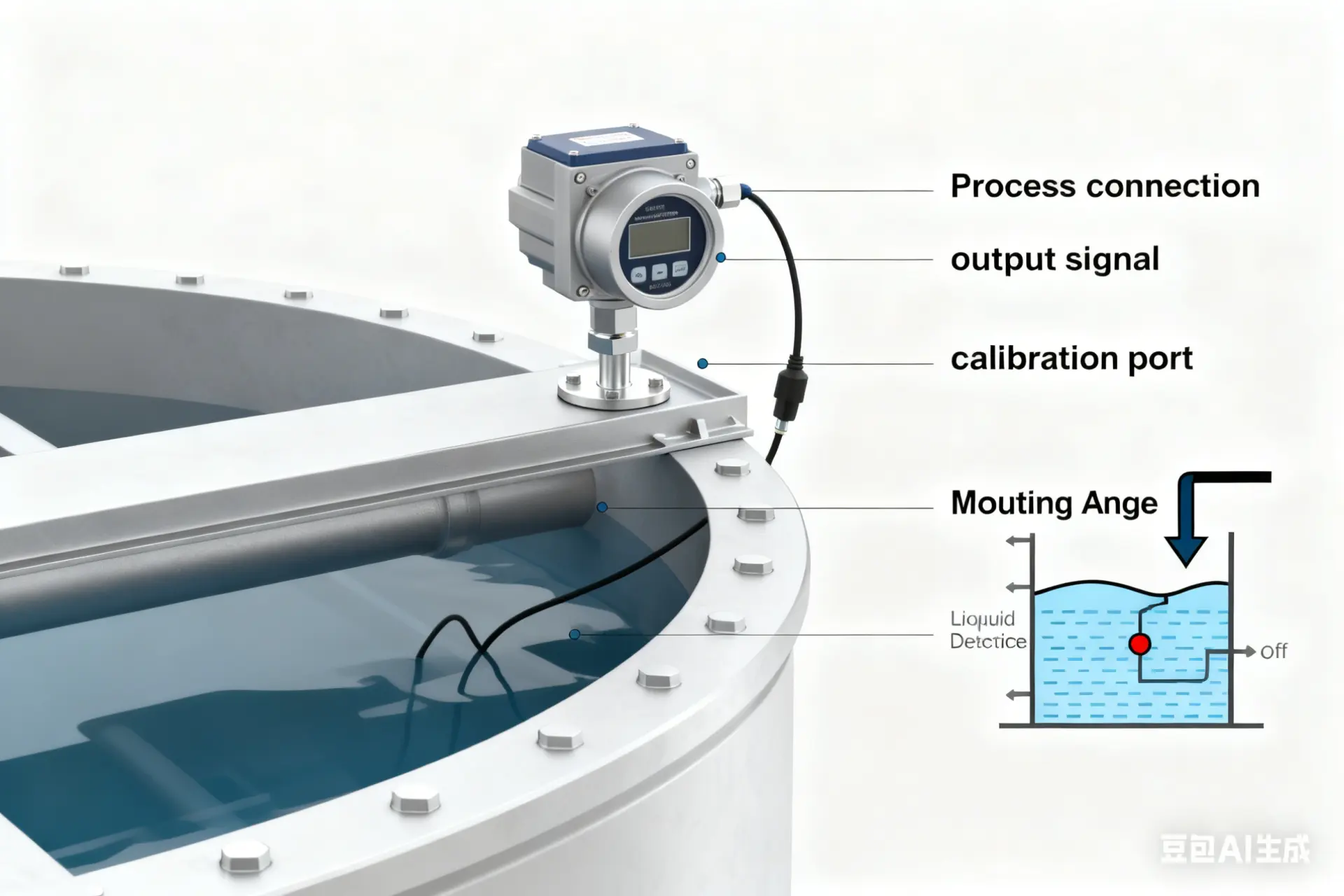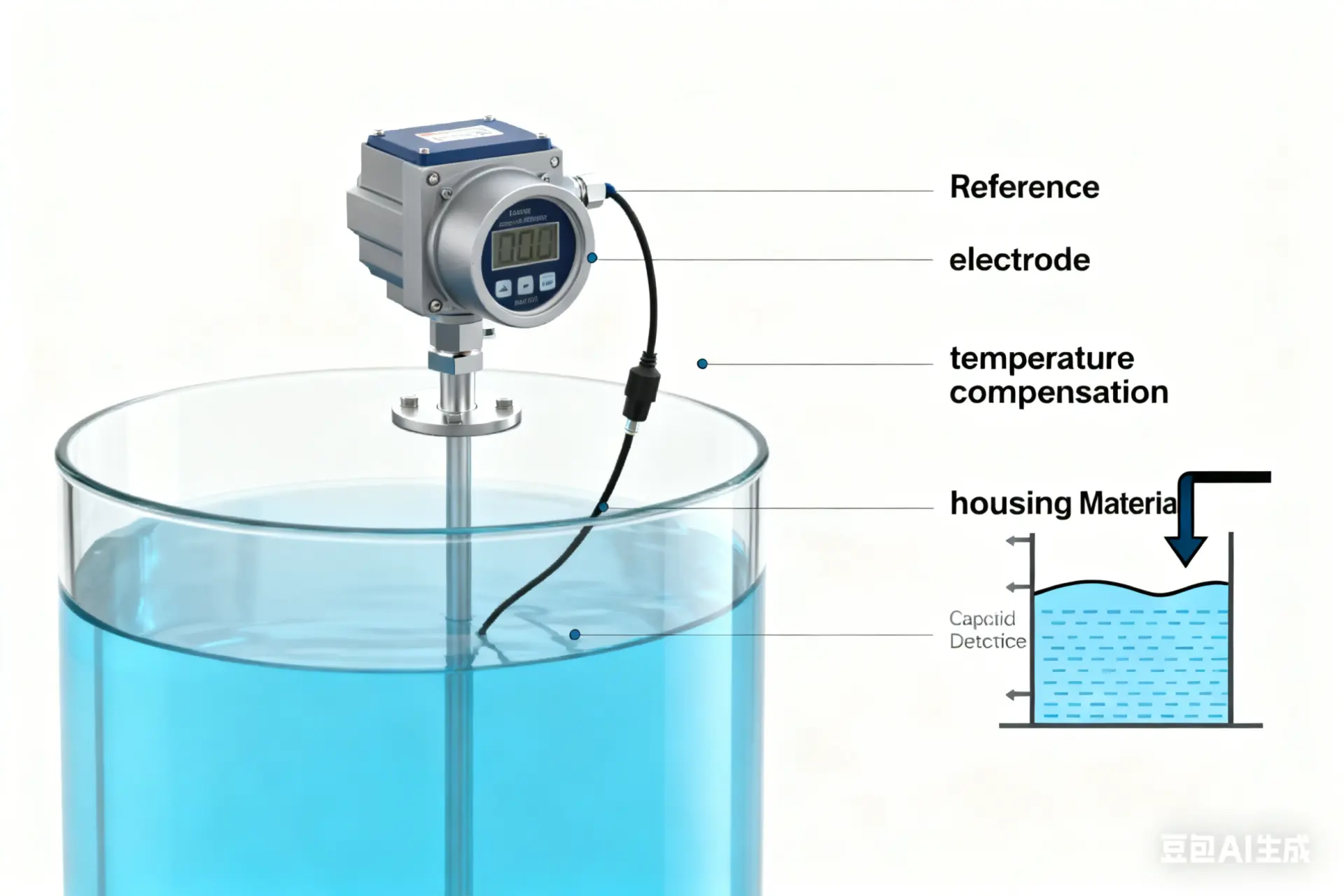What is a Level Sensor?
A level sensor (also referred to as a level transmitter or level indicator) is an industrial and commercial device designed to detect, measure, and monitor the level of liquids, solids (such as powders or granules), or slurries in containers like tanks, vats, silos, and reservoirs. It converts physical level data into electrical signals, digital readings, or visual indicators, enabling real-time tracking of material levels and supporting automated control or alert systems.
Core Function & Purpose
At its core, a level sensor eliminates the need for manual level checks, ensuring accuracy, safety, and efficiency across applications. It can trigger alarms for high/low level thresholds, feed data to industrial control systems (ICS), or integrate with IoT platforms for remote monitoring—critical for preventing overflows, shortages, or equipment damage.
Common Types & Applications
Level sensors are categorized by their operating principle, with two primary groups:
- Contact sensors: These physically interact with the measured material, e.g., float level sensors (widely used in water tanks), capacitive sensors, and conductive sensors. Float sensors are a staple for tank level monitoring, ideal for clean liquids like water, oil, or chemicals.
- Non-contact sensors: These operate without physical contact, e.g., ultrasonic, radar, and laser sensors. They are preferred for corrosive, viscous, or high-temperature liquids, or when minimal maintenance is required.
Their applications span industries: residential/commercial water tank monitoring, industrial manufacturing (chemical, oil & gas), food & beverage processing, wastewater treatment, and agricultural irrigation systems. For tank level monitoring specifically, level sensors ensure consistent water supply, prevent dry-run damage to pumps, and support efficient resource management.
In short, level sensors are foundational to modern fluid and material handling, providing reliable, data-driven insights to optimize operations and reduce risk.


